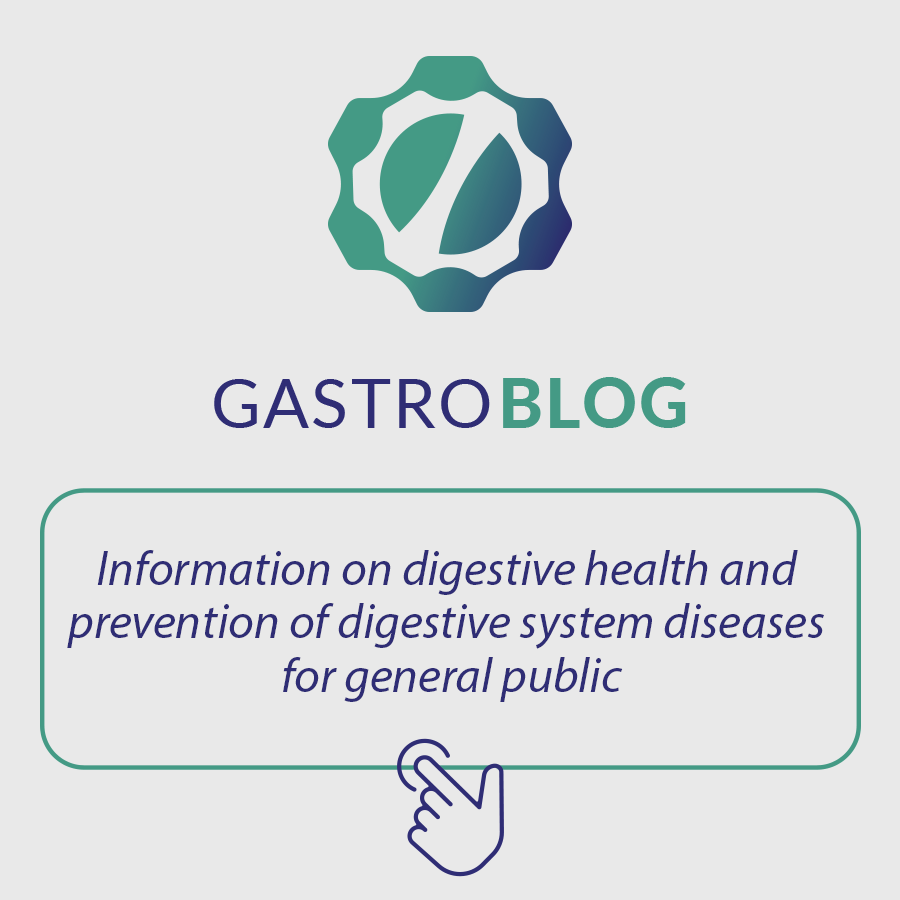Unfortunately, many patients at the time of diagnosis already have locally advanced gastric tumors, which cannot be removed by surgical procedure, or signs of systemic disease. In Brazil, this number may represent more than 25% of cases. Distal gastric obstruction (gastric outlet obstruction) occurs in about 30% of distal gastric tumors. In these situations, the main non-curative therapeutic modality for the treatment of GC remains the resection of the tumor, but without the need for associated lymphadenectomy.
However, some patients have locally advanced tumors that cannot be resected. The incidence of these varies in the literature from 5 to 30% of GC cases. In these cases, gastrointestinal bypass procedures or the use of endoscopic prostheses may be indicated to improve quality of life, relieve symptoms of gastric obstruction, and thus enable the administration of palliative treatment.
The use of endoscopic prostheses has gained popularity for the palliation of digestive tract obstructions, as it has the advantage of being a less invasive option and without the need for use of the operating room with general anesthesia. However, the multicenter randomized study (Sustent Study) reported worse long-term results with the use of the prosthesis compared to gastrojejunostomy. Factors such as prosthesis migration, tumor growth causing new obstruction, and gastric wall erosion, are long-term complications that impair the observed results. Another aggravating factor refers to the cost and immediate unavailability of prostheses by the public system in our country. Currently, the prosthesis is mainly indicated in patients with low clinical performance by the Eastern Cooperative Oncology Group (ECOG) scale, and with a life expectancy of less than 2 months.
Regarding bypass surgical procedures, the most used is gastrojejunostomy, also called gastroentero anastomosis. Gastrojejunostomy consists of performing anastomosis with a wide extension of the posterior wall of the stomach with the first jejunal loop that reaches the stomach without tension (Figure 1). The anastomosis can be performed manually or mechanically, with the use of surgical staplers.
Despite the technical simplicity of performing gastrojejunostomy, a major inconvenience observed in practice is the difficulty of gastric emptying through the anastomosis after the procedure. Literature data refer that 10 to 26% of patients present this complication, as shown in Figure 1. Such occurrence can lead to an increase in hospitalization time and delay the start of palliative chemotherapy, fundamental to prolong survival.
Another inconvenience of this procedure is the maintenance of the tumor in contact with the food ingested by the patient, since the exposure of the tumor predisposes the occurrence of tumor bleeding. Finally, there is also the risk of obstruction of the gastrojejunostomy by the growth of the tumor that is located near the anastomosis, and can thus invade it. This fear can lead the surgeon to perform the anastomosis in a more proximal portion of the gastric body, which further impairs gastric emptying.
With the aim of overcoming these inconveniences, the performance of a partial partition of the stomach associated with gastrojejunostomy in the proximal gastric chamber has been indicated for non-resectable obstructive distal tumors. The rationale for performing the partition involves creating a gastric chamber of smaller dimensions facilitating emptying by gastrojejunostomy and excluding the tumor in the distal chamber reducing the risk of bleeding and preventing the infiltration of the anastomosis by the tumor.
Technical steps of gastric partition
After identifying the proximal limits of the lesion, a point located 3 to 5 cm proximal to the lesion on the greater curvature is selected to start the partition (Figure 2).

A Faucher tube nº 32 or a large nasogastric tube is passed and maintained along the lesser gastric curvature to maintain communication between the two gastric chambers created by the partition (Figure 3). The partial partition of the stomach is performed using a cutting linear stapler.

Subsequently, the gastrojejunostomy is performed in a position anterior to the colon, isoperistaltic in the posterior wall of the stomach with at least 5 cm of extension, using the first jejunal loop about 30-40 cm from the Treitz angle (Figure 4).

The anastomosis can be performed manually or with the use of a cutting linear stapler. The access route can be conventional or laparoscopic, according to the surgeon’s preference.
It is important to note that in cases of proximal tumors or with involvement of the proximal lesser curvature to the angular incisura the partition should be avoided due to the risk of obstruction of the communication between the gastric chambers.

Suggested reading:
How to cite this article
Ramos MFKP, Gastric partition for the treatment of non-resectable obstructive distal gastric tumors. Gastropedia 2023 Vol 1. Available at: gastropedia.com.br/sem-categoria/particao-gastrica-para-tratamento-de-tumores-gastricos-distais-obstrutivos-nao-ressecaveis/
Cirurgião do Aparelho Digestivo
Professor Livre-Docente da Faculdade de Medicina da USP



